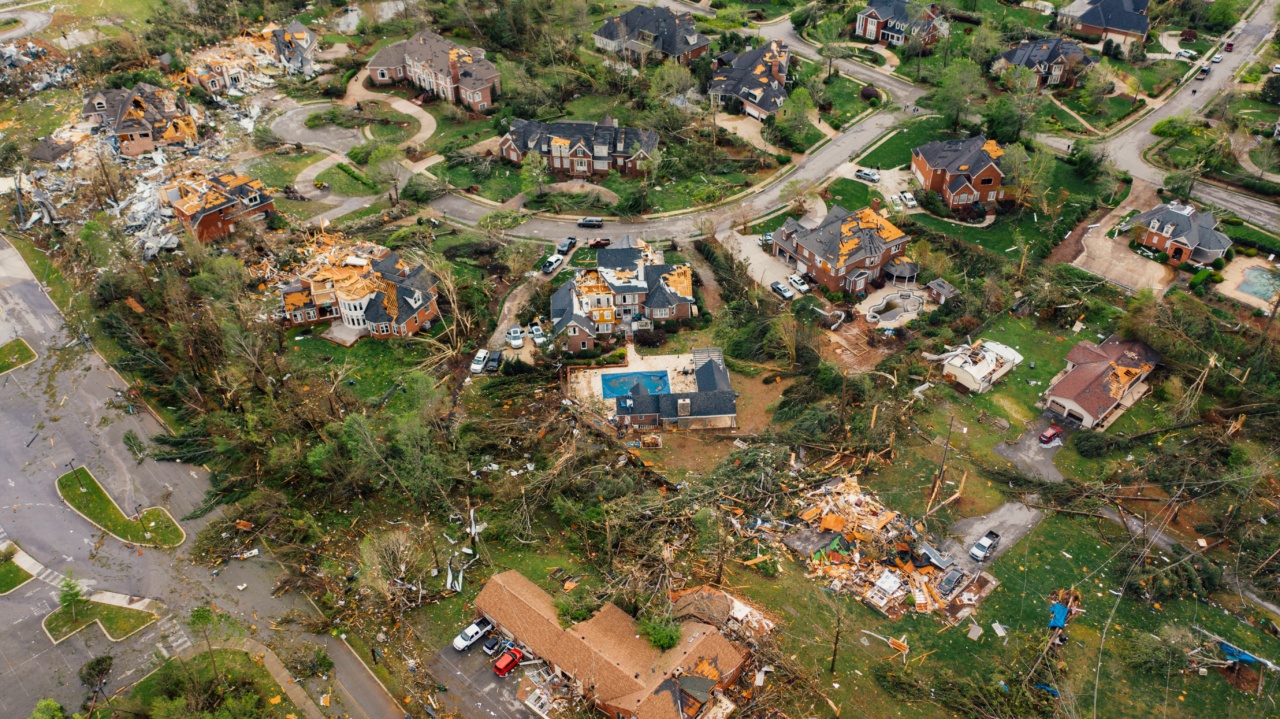A Caesarean section, also known as C-section, is a surgical procedure used to deliver a baby. This method of delivery is usually done when a vaginal birth is not safe or possible for the mother or the child.
The decision to have a C-section is typically based on medical reasons, such as the baby’s health, the mother’s health, or complications during pregnancy. However, there has been a growing concern about the impact of C-section on the child’s health and development.
What is a Caesarean section?
A Caesarean section is a surgical procedure that involves making an incision in the mother’s abdomen and uterus to deliver the baby. There are several reasons why a C-section may be necessary, including:.
- The baby is in a breech position (not head-down) and can’t be turned
- The mother has a medical condition, such as high blood pressure or heart disease
- The mother has a previous C-section, and vaginal birth is not an option
- The baby is in distress during labor and vaginal birth is not safe
Does a C-section affect the child’s health?
There is no doubt that a C-section can be life-saving for both the mother and the child, especially when other options are not available. However, there is growing concern about the impact of C-section on the child’s health and development.
Here are some possible ways in which a C-section may affect the child:.
1. Respiratory problems
Babies born by C-section are more likely to have respiratory problems, such as transient tachypnea (rapid breathing), respiratory distress syndrome (RDS), or pneumonia.
This is because during vaginal delivery, the baby is squeezed through the birth canal, which helps to expel fluid from the lungs. In a C-section, the baby is delivered through a surgical incision, and the fluid is not pushed out as effectively.
2. Immune system
Babies born by C-section may have a weaker immune system than those born vaginally. This is because during vaginal delivery, the baby is exposed to the mother’s healthy bacteria, which helps to build the baby’s immune system.
In a C-section, the baby is not exposed to the same bacteria and may miss out on this beneficial exposure.
3. Gut microbiome
There is evidence that babies born by C-section may have a different gut microbiome than those born vaginally. The gut microbiome is the collection of microorganisms, including bacteria, that live in the digestive tract.
These microorganisms play a crucial role in digestion, immune function, and overall health. Babies born by C-section may miss out on the healthy bacteria that are passed on during vaginal delivery.
4. Obesity and asthma
Studies have shown that babies born by C-section may have a higher risk of obesity and asthma later in life.
This is thought to be due to the impact of C-section on the gut microbiome, immune system, and other factors that can affect metabolic health and respiratory function.
5. Bonding and breastfeeding
Bonding between a mother and her baby can be affected by C-section, as the mother may be separated from her baby for a longer time after birth. This can make it harder for the mother to bond with her baby and initiate breastfeeding.
Breastfeeding is also more challenging after a C-section, as the mother may experience pain or difficulty sitting up and holding the baby.
Conclusion
While a Caesarean section can be life-saving for both the mother and the baby, there are possible ways in which it may affect the child’s health and development.
Respiratory problems, a weaker immune system, a different gut microbiome, a higher risk of obesity and asthma, and challenges with bonding and breastfeeding are all possible consequences of C-section. However, it is important to note that these risks are generally small and that C-section can be a safe and effective method of delivery when necessary.































